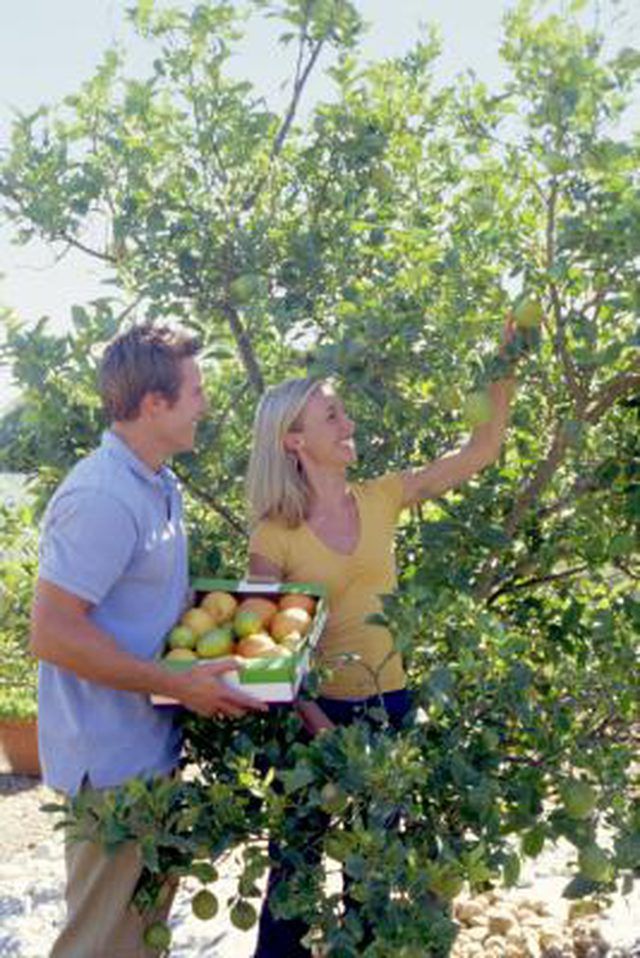Bulbs
Flower Basics
Flower Beds & Specialty Gardens
Flower Garden
Garden Furniture
Garden Gnomes
Garden Seeds
Garden Sheds
Garden Statues
Garden Tools & Supplies
Gardening Basics
Green & Organic
Groundcovers & Vines
Growing Annuals
Growing Basil
Growing Beans
Growing Berries
Growing Blueberries
Growing Cactus
Growing Corn
Growing Cotton
Growing Edibles
Growing Flowers
Growing Garlic
Growing Grapes
Growing Grass
Growing Herbs
Growing Jasmine
Growing Mint
Growing Mushrooms
Orchids
Growing Peanuts
Growing Perennials
Growing Plants
Growing Rosemary
Growing Roses
Growing Strawberries
Growing Sunflowers
Growing Thyme
Growing Tomatoes
Growing Tulips
Growing Vegetables
Herb Basics
Herb Garden
Indoor Growing
Landscaping Basics
Landscaping Patios
Landscaping Plants
Landscaping Shrubs
Landscaping Trees
Landscaping Walks & Pathways
Lawn Basics
Lawn Maintenance
Lawn Mowers
Lawn Ornaments
Lawn Planting
Lawn Tools
Outdoor Growing
Overall Landscape Planning
Pests, Weeds & Problems
Plant Basics
Rock Garden
Rose Garden
Shrubs
Soil
Specialty Gardens
Trees
Vegetable Garden
Yard Maintenance
How to Help a Fruit Tree to Bear Fruit
How to Help a Fruit Tree to Bear Fruit. There are few joys in life better than being able to eat fruit off of your very own fruit tree. Unfortunately though, the fact that you have a fruit tree is no guarantee that you can pick fruit come harvest time. There are numerous reasons why a fruit tree might be barren, and few ways to help that fruit tree...

There are few joys in life better than being able to eat fruit off of your very own fruit tree. Unfortunately though, the fact that you have a fruit tree is no guarantee that you can pick fruit come harvest time. There are numerous reasons why a fruit tree might be barren, and few ways to help that fruit tree to bear fruit.
Things You'll Need
Pollinator tree (as needed)
Pruning shears
Mulch
Know the age of your fruit tree. The first thing to consider is the age of the tree. Your fruit tree will generally start bearing fruit when it is mature enough to blossom. As a general rule, blossoming time frames for the most common fruit trees are: apple, two to five years; sweet cherry, four to seven years; citrus, three to five years; fig, two to three years; peach, two to four years; pear, four to six years; and plum, three to six years.
Assess the tree's general health. If there is a fungus or other pest problem with your tree, you need to treat it immediately, or your fruit tree may be permanently barren. Consult your county's cooperative extension service for free or low-cost advice. You can often bring or send them photographs or samples of leaves or fruit to obtain a proper diagnosis and treatment plant for any fruit tree diseases or infestations.
Ensure that your fruit tree is suitable to your area's climate. Climate and weather play a large role in whether and when your fruit tree will bear fruit. Most hardy types of fruit like apple, sour cherry, pear, and plum need a certain amount of cold air to end their dormancy and blossom. On the other hand, trees like figs, bananas and citrus trees do better in a warm climate. Peach trees and sweet cherry trees are sensitive to frosts and freezes as well. If you have a tree that is sensitive to cold weather, you need to protect it during severe frosts and freezes. Their blossoms in the spring can appear normal but if the pistils are damaged, they will not bear fruit. Drape small trees in cloth blankets or sheets from top to the ground and wrap the trunks of citrus trees in layers of weatherproof paper to provide some freeze protection.
Plant another pollinator tree in the vicinity of your non-bearing fruit tree. Most, but not all, fruit trees need to be pollinated in order to bear fruit. Whether or not your blossoms are pollinated can be affected not only by the availability of pollinators, but also by the weather. Some fruit trees are self-fruitful, which means they are either female or have both male and female anatomy, and can pollinate themselves. Some of those fruit trees are citrus, sour cherries, most apricots, most figs, and European-type plums. Apples, pears and sweet cherry all are self-unfruitful and need a pollinator. Apple trees can pollinate each other and are more likely to produce fruit if they are planted near another apple tree. Most sweet cherry trees cannot pollinate each other so they should planted near a sour cherry tree.
Meet the tree's cultural needs. Finally, it is important that your fruit trees get the right amount of sunlight, water and nutrients. Fruit trees need full sunlight to do their best. Plant them far enough away from shading trees or buildings and ensure that they get as much southern light exposure as possible. A good water and fertilizing regimen is important. Water your fruit trees more thoroughly and less frequently. Do not over fertilize, especially with nitrogen-based fertilizers, you may get great growth at the expense of fruit production. Mulch around the tree to cut down on competition with weeds. Pruning your fruit tree will develop a stronger tree. Once it has started to bear fruit though minimize any pruning.